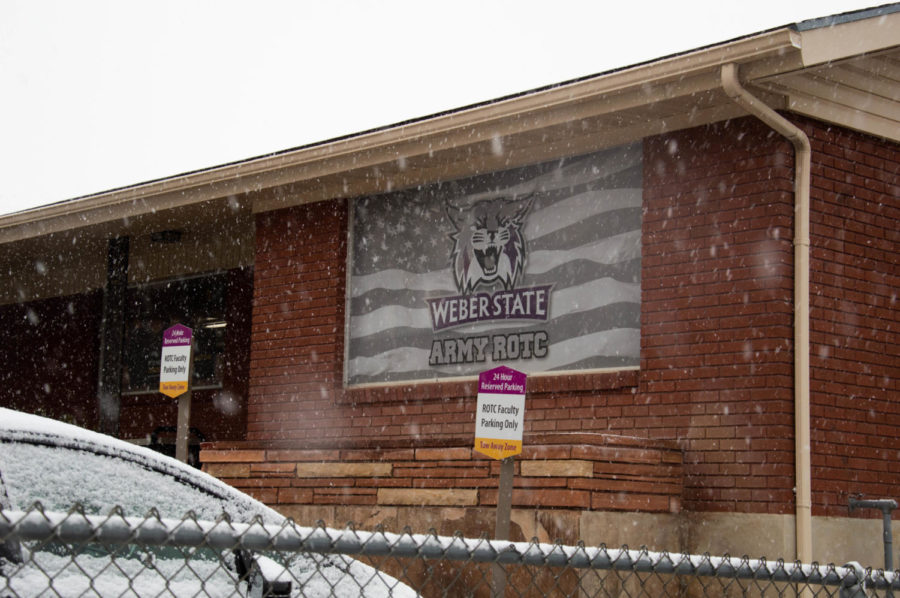Dr. Gannet Hallar, director of Storm Peak Laboratory and associate professor at The University of Utah’s Department of Atmospheric Science, gave a lecture about aerosols and their impact on earth’s atmosphere on Oct. 15.
Perched at 10,500 feet, Storm Peak Laboratory sits at the top of Steamboat Springs Ski Resort.

The Steamboat Springs mountain range is draped in clouds 25 percent to 30 percent of the year, making it the ideal location for studying aerosols in different cloud formations.
“Our community of scientists are trying to predict how quickly this planet will warm, given the amount of Carbon Dioxide and Green House Gasses that are in the atmosphere,” Hallar said.
She spoke extensively about her team’s research into global warming.
Hallar’s team has been collecting data from fires caused by a dryer climate and dust particles, monitored by sensors they have at SPL.
However, according to student attendee Thomas Dewitt, a physics major at Weber State University who has been coming to the lectures for over a year, “We’re designing sensors to measure the smaller things to search for urban pollution.”
According to Hallar, the sensors have a hard time discerning both small particulate matter as well as large. For example, a dust particle and a snowflake might be confused by the same sensor.
There is a lot of work to be done at SPL, and proxy evidence validates Dr. Hallar and the scientists at SPL’s findings.
To give one example, the fire-tracking satellite Modis shows from space that both the total acreage of burned land and the number of fires per year are increasing in the Intermountain West, which scientists attributed to climate change.
Increased precipitation produces more rainfall, and the increased rainfall reduces the snowfall later in the year.

Snowfall keeps the environment wetter longer and protects against aridity – this is essential in providing the region with much-needed water resources by keeping our environment wetter longer.
The amount of black carbon entering the atmosphere has increased — the result of acres and acres of trees burning. Black carbon becomes an aerosol that absorbs heat and adds to the earth’s positive feedback loop of Green House Gasses in the atmosphere.
Hallar suggested that this is due to anthropogenic — or human-caused — climate change and SPL’s constant data collecting backs up Haller’s claim.
After Hallar’s aerosol lecture, some attendees spoke about the importance of environmental science knowledge and the obvious communication barrier in conveying the importance of such environmental issues — like aerosols and their impact on the environment — with society by-and-large.
Still, both Dewitt and Wilson are optimistic that the human species will find solutions as general awareness regarding our climate increases.




















